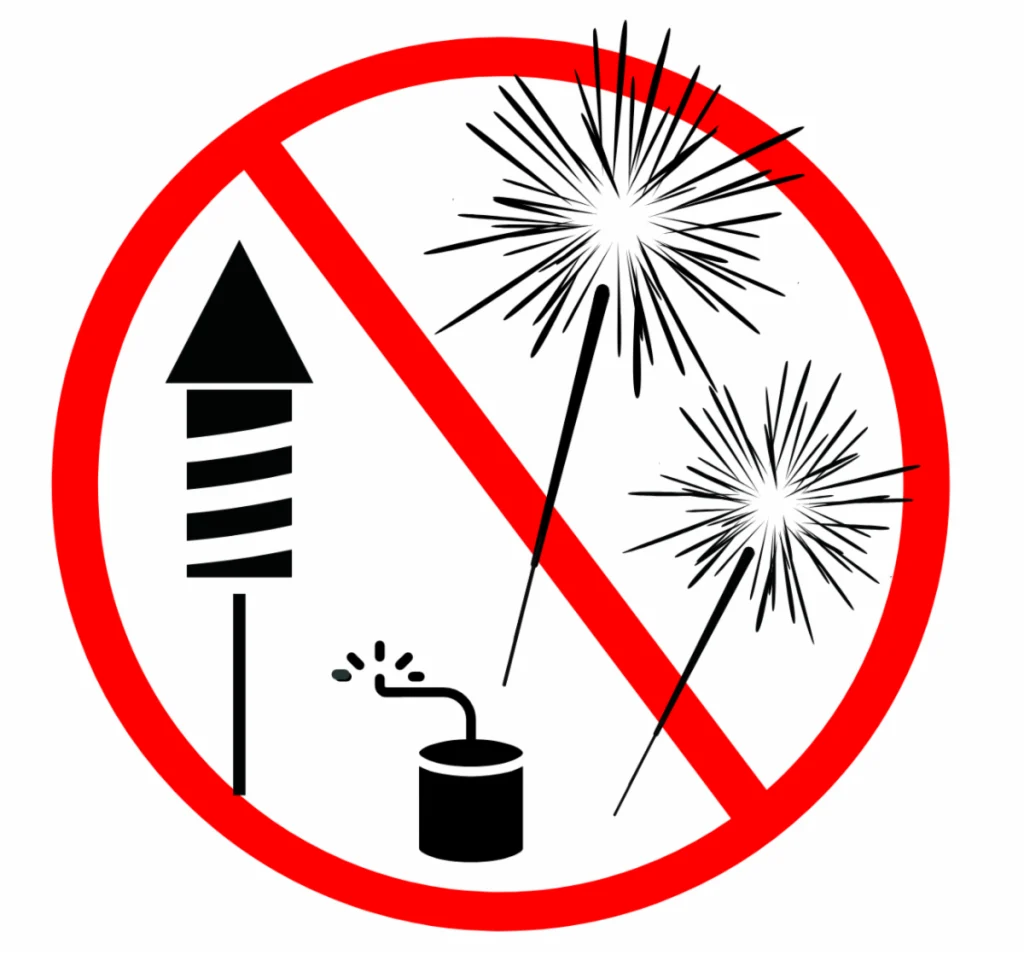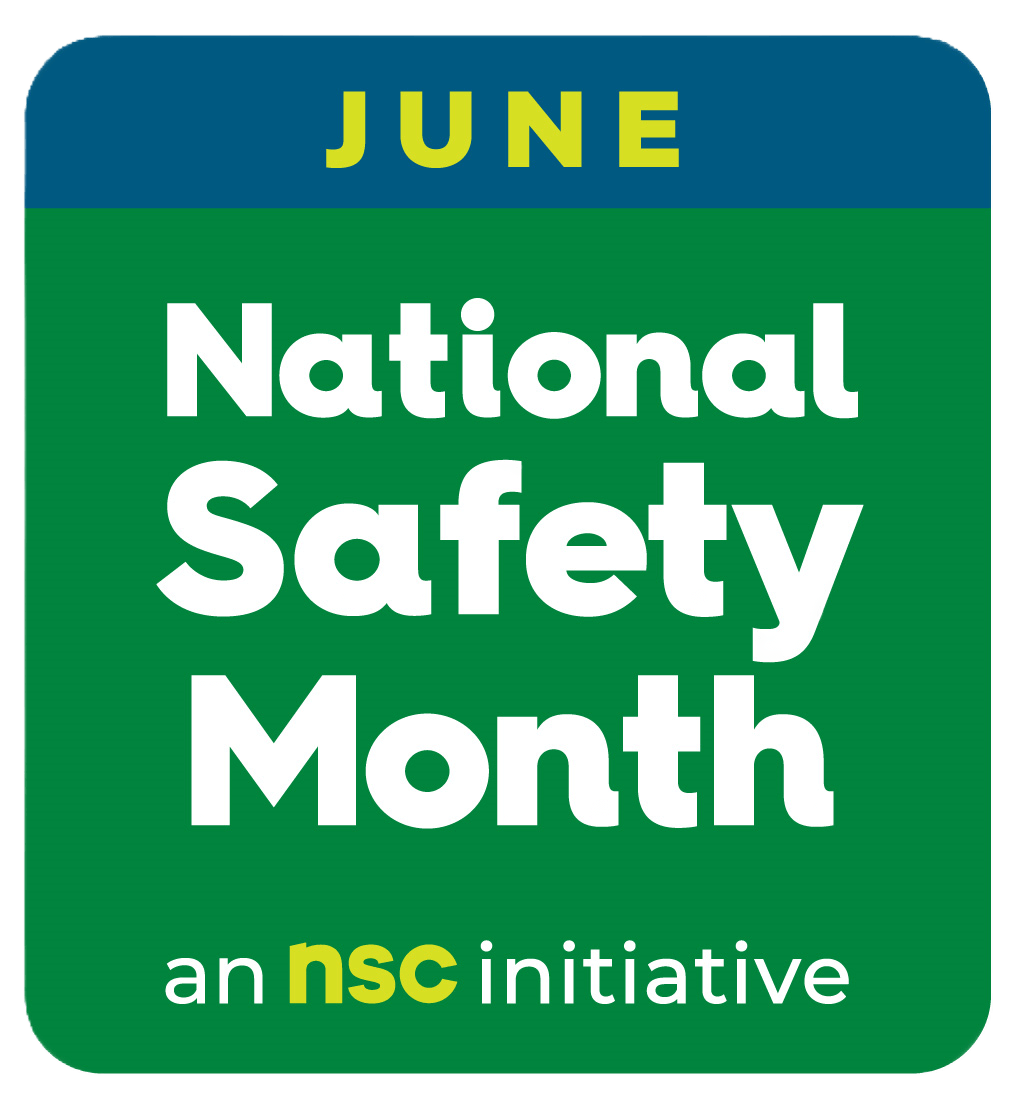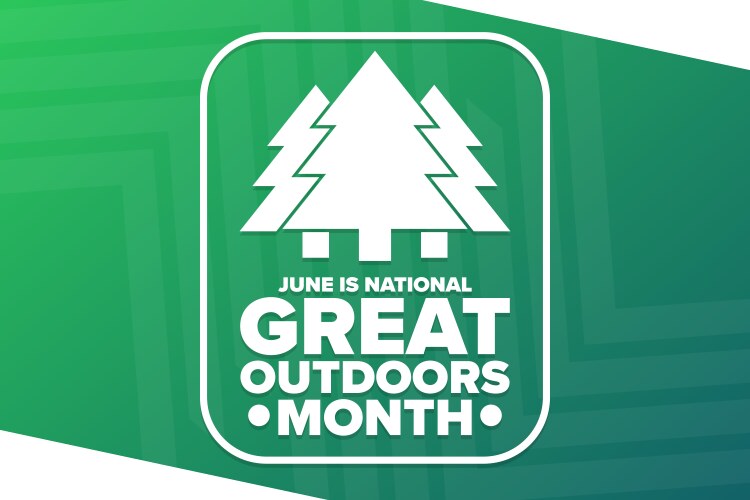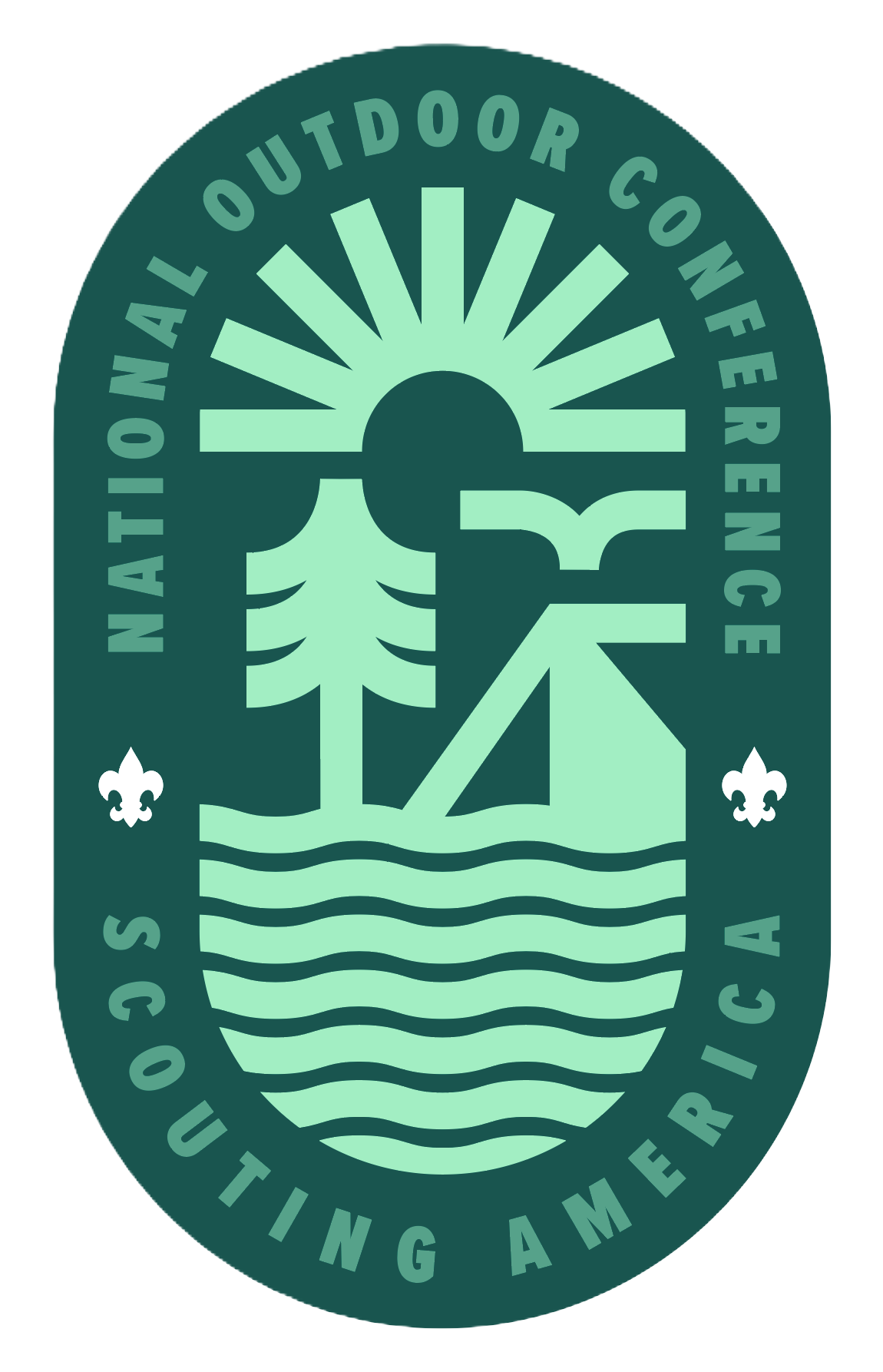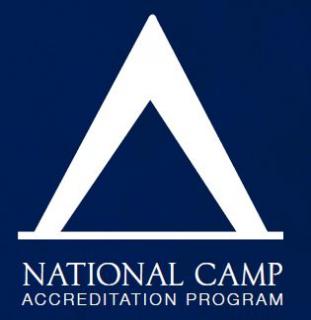
Properties
As Scouting America continues to strengthen the impact of its programs across the country, the Council Facility Evaluation Tool (CFET) has emerged as a critical asset for local councils aiming to enhance the safety, effectiveness, and sustainability of their camp and facility operations.
What is the CFET?
The Council Facility Evaluation Tool (CFET) is a standardized assessment instrument developed by the National Council to help local councils evaluate the condition, usage, and long-term viability of their camps and properties. It provides a comprehensive framework for assessing a facility’s physical infrastructure, programming capacity, and alignment with strategic Scouting goals.
CFET is part of Scouting America’s broader commitment to responsible stewardship, safety, and strategic planning. The tool was designed not only to identify immediate maintenance or safety issues but also to support long-term planning and data-informed decisions about the future of council-owned facilities.
Key Components of CFET
The CFET covers several critical domains, including:
- Facilities Condition Assessment: A detailed look at the physical state of buildings, infrastructure, and utilities.
- Usage and Capacity: Evaluation of how often and how effectively properties are being used for council and district programming.
- Program Alignment: An assessment of whether current facilities support the types of programs that meet youth needs and align with Scouting America’s mission.
- Risk and Safety: Identification of hazards and compliance with health and safety regulations.
- Financial Sustainability: Analysis of operational costs, income potential, and long-term viability.
Each domain includes a rubric-based scoring system to ensure consistent and objective evaluations across councils.
Why CFET Matters
For Scouting America professionals—especially those involved in operations, camping, property management, and executive leadership—the CFET is a valuable decision-support tool. It can do the following:
- Identifies critical needs before they become costly problems.
- Supports strategic property planning, including closures, renovations, or reimagining the use of facilities.
- Promotes transparency and consistency in council-level facility management.
- Provides data to support fundraising, grant applications, and board presentations.
- Strengthens youth program delivery by ensuring facilities meet modern needs and expectations.
How It’s Used
Scouting America encourages councils to use CFET on a regular basis, such as every three to five years, or in conjunction with key strategic planning efforts. During the Summer is a great time to update the CFET especial if the camp encounters hard winters. The evaluation process typically involves a multidisciplinary team including council staff, volunteers, engineers, architects, and health/safety professionals. Some councils also partner with the national service center or regional support teams for additional guidance.
Once completed, the CFET report becomes a living document—guiding improvement plans, investment priorities, and policy development around council facilities.
Conclusion
The Council Facility Evaluation Tool represents more than just a checklist—it’s a strategic asset for every council seeking to ensure its properties are safe, functional, mission-aligned, and financially sound. By using the CFET proactively, council volunteers and employees can play a pivotal role in building the foundation—literally and figuratively—for a strong future in Scouting.


